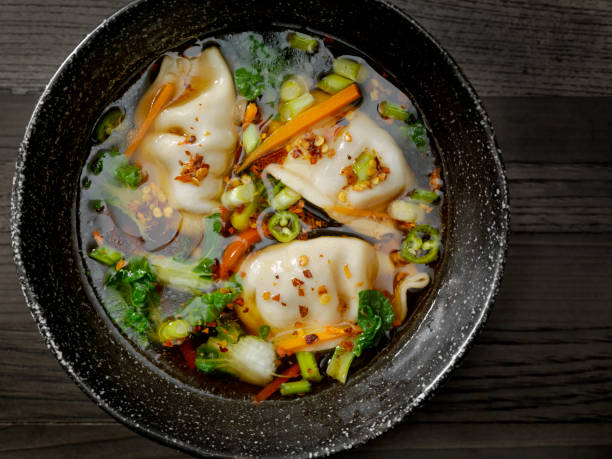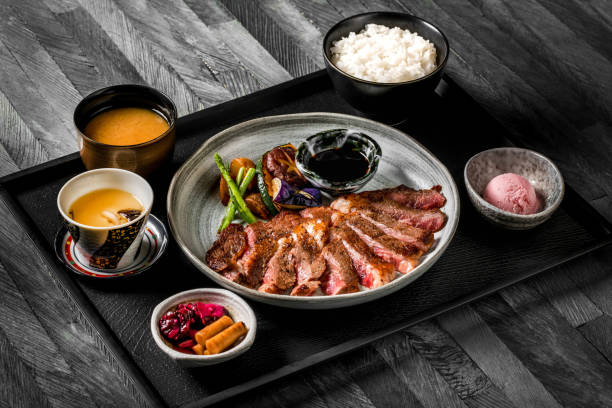Introduction:
A well-stocked pantry is the heartbeat of a functional and efficient kitchen. Whether you’re facing unexpected guests, busy weeknights, or simply seeking inspiration for a home-cooked meal, a thoughtfully curated pantry ensures you have the essentials on hand. In this comprehensive guide, we’ll explore the key principles and items to consider when stocking your pantry to create a foundation for culinary success.
Principles of Pantry Stocking:
- Versatility: A well-stocked pantry is versatile, providing the building blocks for a wide range of dishes. Look for items that can be used across different cuisines and cooking styles. Versatile ingredients add flexibility to your meal planning and encourage creativity in the kitchen.
- Long Shelf Life: While fresh produce is essential, a well-stocked pantry should also feature items with a longer shelf life. This ensures that you have a reliable supply of ingredients even when you haven’t had time for a grocery run. Canned goods, dried grains, and shelf-stable sauces are excellent examples.
- Balance: Aim for a balance between convenience and whole foods. While convenience items like canned beans or pre-made sauces are handy, having a selection of whole grains, legumes, and spices allows you to create dishes from scratch when the mood strikes.
- Organization: Keep your pantry well-organized to minimize waste and make meal preparation more efficient. Group similar items together, use clear containers for easy visibility and label items with expiration dates. Regularly assess and restock to maintain order.
Essential Pantry Items:
Dry Goods:
-
- Rice: A staple in many cuisines, choose varieties like Basmati, Jasmine, or brown rice for added nutritional value.
- Pasta: Versatile and quick to prepare, keep a variety of pasta shapes on hand.
- Quinoa: A protein-rich grain that cooks faster than many others, perfect for salads, side dishes, or as a base for bowls.
- Beans and Legumes: Canned or dried beans, lentils, and chickpeas are excellent sources of protein and fiber.
- Oats: Ideal for breakfast or baking, oats are a versatile and nutritious addition to your pantry.
Canned Goods:
-
- Tomatoes: Whole, crushed, or diced tomatoes form the base of many sauces and dishes.
- Beans: Kidney, black, garbanzo – a variety of canned beans add protein and texture to meals.
- Broth: Vegetable, chicken, or beef broth is a versatile base for soups, stews, and sauces.
- Canned Fish: Tuna, salmon, or sardines provide a quick and protein-packed option.
Whole Grains:
-
- Quinoa: Rich in protein and easy to cook, quinoa is a nutritious alternative to rice.
- Brown Rice: Higher in fiber and nutrients than white rice, brown rice is a healthy base for many dishes.
- Barley: A hearty grain that adds texture to soups and salads.
Flour and Baking Essentials:
-
- All-Purpose Flour: A versatile ingredient for baking and thickening sauces.
- Baking Powder and Baking Soda: Essential leavening agents for baking.
- Sugar: White and brown sugar for sweetening both sweet and savory dishes.
- Chocolate Chips and Cocoa: Essentials for any impromptu baking sessions.
Herbs and Spices:
-
- Salt and Pepper: Fundamental for seasoning dishes.
- Dried Herbs: Oregano, thyme, rosemary, and basil add depth to various recipes.
- Spices: Cumin, coriander, paprika, and cinnamon are versatile spices that enhance a wide range of dishes.
Oils and Vinegar:
-
- Olive Oil: A kitchen staple for sautéing, roasting, and dressing.
- Vegetable Oil: Ideal for frying and baking.
- Vinegar: Balsamic, red wine, white wine, and apple cider vinegar add acidity to dishes and dressings.
Condiments:
-
- Mustard: Dijon and whole-grain mustard add flavor to dressings and marinades.
- Mayonnaise: An essential base for sandwiches and dressings.
- Soy Sauce: Adds umami to Asian-inspired dishes.
- Ketchup and Hot Sauce: Versatile condiments for various cuisines.
Nuts and Seeds:
-
- Almonds, Walnuts, or pecan: Great for snacking, baking, or adding crunch to salads.
- Chia Seeds, Flaxseeds, or Sunflower Seeds: Nutrient-rich additions to smoothies, yogurt, or oatmeal.
Building Your Pantry: A Step-by-Step Guide:
- Assessment: Begin by taking stock of your current pantry. Discard expired items and donate non-perishable items you won’t use. This step provides a clean slate for restocking.
- Create a List: Make a comprehensive shopping list based on the essentials mentioned above. Consider your culinary preferences, dietary restrictions, and the cuisines you enjoy cooking.
- Organize Your Pantry: Arrange items in categories for easy accessibility. Group similar items together, and use baskets or containers to corral loose items. This organization not only helps you find ingredients quickly but also prevents overbuying.
- Prioritize Essentials: Ensure that you always have key pantry staples like rice, pasta, canned tomatoes, and beans. These items serve as the foundation for numerous dishes and provide a safety net for last-minute meal planning.
- Build Gradually: Building a well-stocked pantry doesn’t happen overnight. Gradually add items to your pantry with each grocery shopping trip. This approach not only makes the process more manageable but also allows you to adapt your pantry to evolving tastes and preferences.
- Seasonal Adjustments: Embrace seasonal ingredients when possible. Fresh produce can complement your pantry staples, providing variety and nutritional benefits. Adjust your pantry stock based on the availability of seasonal items.
- Storage Solutions: Invest in quality storage containers to keep pantry items fresh and organized. Clear containers with labels enhance visibility and prevent confusion. Proper storage also extends the shelf life of ingredients.
- Meal Planning: Use your well-stocked pantry as a foundation for meal planning. Having essential ingredients readily available facilitates quick and stress-free meal preparation. Plan meals based on pantry staples and supplement with fresh ingredients as needed.
Conclusion:
Stocking your pantry is a journey that involves thoughtful consideration, organization, and adaptability. A well-stocked pantry not only provides convenience but also inspires culinary creativity. As you curate your pantry essentials and embrace the principles of versatility, balance, and organization, you’ll find that preparing delicious and wholesome meals becomes second nature. May your pantry be a source of inspiration, nourishment, and culinary joy as you embark on your culinary adventures.




